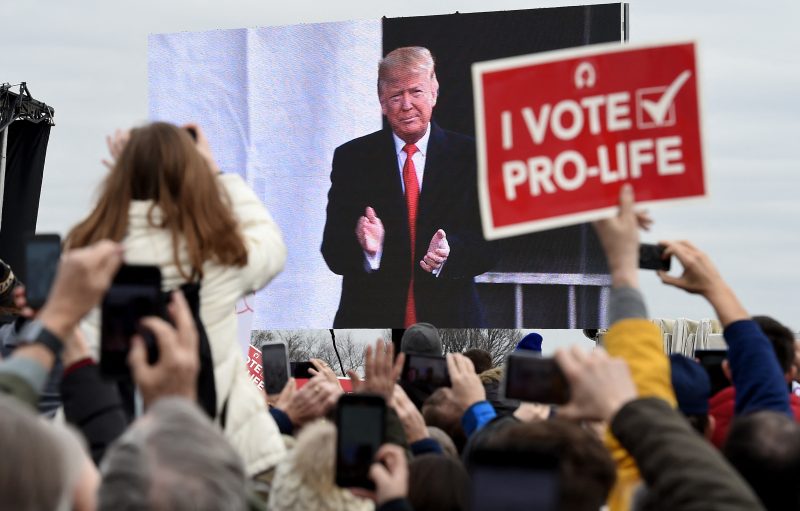
Trump’s Decision Unveiled: The Shift to ‘States’ Rights’ on Abortion
Trump’s stance on Abortion: An Ode to States’ Rights
The decision by former President Donald Trump to lean on states’ rights regarding the highly sensitive issue of abortion rights is a study in political maneuvering, strategic vision, and a fascinating pivot.
Trump’s Journey to States’ Rights View
Historically, Trump’s opinion on the issue has fluctified. In an interview with Tim Russert in 1999, the future President claimed to be very pro-choice, a stance that would seem to clash with his eventual advocacy for states’ rights on abortion. However, like many politicians, Trump’s views evolved, or rather, reversed entirely by the time he campaigned for the presidency.
His transition toward a ‘states’ rights’ position on abortion evolved during his 2016 campaign. Trump initially faced backlash from both sides of the political aisle after suggesting that women should face punishment for getting an abortion if it were made illegal. He quickly distanced himself from these comments, stating that, if abortion were illegal, the doctors or any other person performing this illegal act upon a woman would be held legally responsible.
Translating this into a policy stance, Trump began to lean on the idea of federalism and states’ rights. Essentially, he began advocating that the federal government should step back and allow each state to decide its stance on abortion individually, reminiscent of his broader political mantra of decreased federal oversight and enhanced state autonomy.
Federalism as a Coping Tool
Using federalism as a political coping tool, Trump managed to secure the loyalty of the conservative base while simultaneously minimizing potential damage from the pro-choice voters. The states’ rights perspective allows conservatives to pursue rigorous abortion restrictions at the state level. At the same time, it maintains a semblance of choice for those living in more liberal states.
Trump’s support for ‘states’ rights’ on the abortion issue also coincides with his pick of conservative-leaning Supreme Court justices, thus attempting to alter the balance of the court and possibly open the door for overturning or at least undermining Roe v. Wade, the landmark decision that legalized abortion nationwide. This strategy served dual purposes, emboldening conservative hopes while simultaneously endorsing state autonomy on the controversial issue of abortion.
Engaging the Evangelicals
One cannot explore Trump’s decision to side with states’ rights on abortion without mentioning its instrumental significance in forging and maintaining his crucial alliance with evangelical voters. By embracing a ‘states’ rights’ stance, he assured evangelical conservatives of his commitment to

